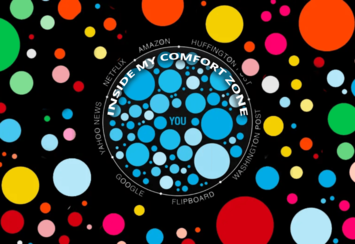
I have been teaching at the collegiate level for almost two decades. One of the biggest challenges I now face compared to years ago is social media’s toxic influence on students. The rampant misinformation on many platforms has warped students’ understanding of history and has caused lasting damage.
Students are open to having their views challenged. However, students inhabit narrow political bubbles and are deeply connected to an omnipresent social media environment that limits their exposure to dissenting views. The nature of social media allows users to follow and engage with content they want to see rather than be exposed to differing points of view and algorithms then narrow exposure further. Students regularly struggle with the idea, for instance, that there are not more Democrats in the country because they simply are not exposed to many conservatives and rarely personally know one. Students have a hard time believing that independents constitute the largest political bloc in the United States, and just over a quarter of Americans (27 percent) equally identify as a Republican or Democrat. Students tell me that their own experiences rarely involve such political differences and have trouble accepting the actual political landscape of the nation.
For years now, I repeatedly tell my students that what they see and hear online and on campus is not representative of the country at large. While this should be simple to understand, the disconnect among my students is challenging to circumvent. The Israel-Hamas war is now another clear case where the views that students are being exposed to on campus are overwhelmingly negative toward Israel; meanwhile far greater numbers of Americans stand in support of a nation defending itself against a massacre of such a great scale that has not been seen since the Holocaust.
A new Harris-Harvard Poll of over 2,000 registered voters surveyed in February illustrates this disconnect. The poll’s findings are striking and run counter to the sentiments that students see on campus and the higher education community which generally promotes immediate ceasefires and see Israel as a colonial, apartheid, genocidal state whose citizens deserve to be attacked and have no right to exist or defend themselves.
In contrast to what is being advocated on campus, a majority of voters (55 percent) believe that Congress should pass the $14 billion aid bill for Israel and for humanitarian aid for Gaza. About 82 percent of respondents claim they support Israel, compared to 18 percent of respondents who support Hamas. Contrary to the narratives flooding campuses suggesting that Israel is committing genocide, 68 percent of Americans, and 65 percent of those aged 18–24, believe that Israel is trying to avoid civilian causalities in fighting its war against Hamas.
Read the rest of this piece at AEI.
Samuel J. Abrams is a profesor of politics at Sarah Lawrence College and a nonresident senior fellow at the American Enterprise Institute.
Photo: information bubble example, modified screenshot from Eli Pariser TED talk, via TED.












